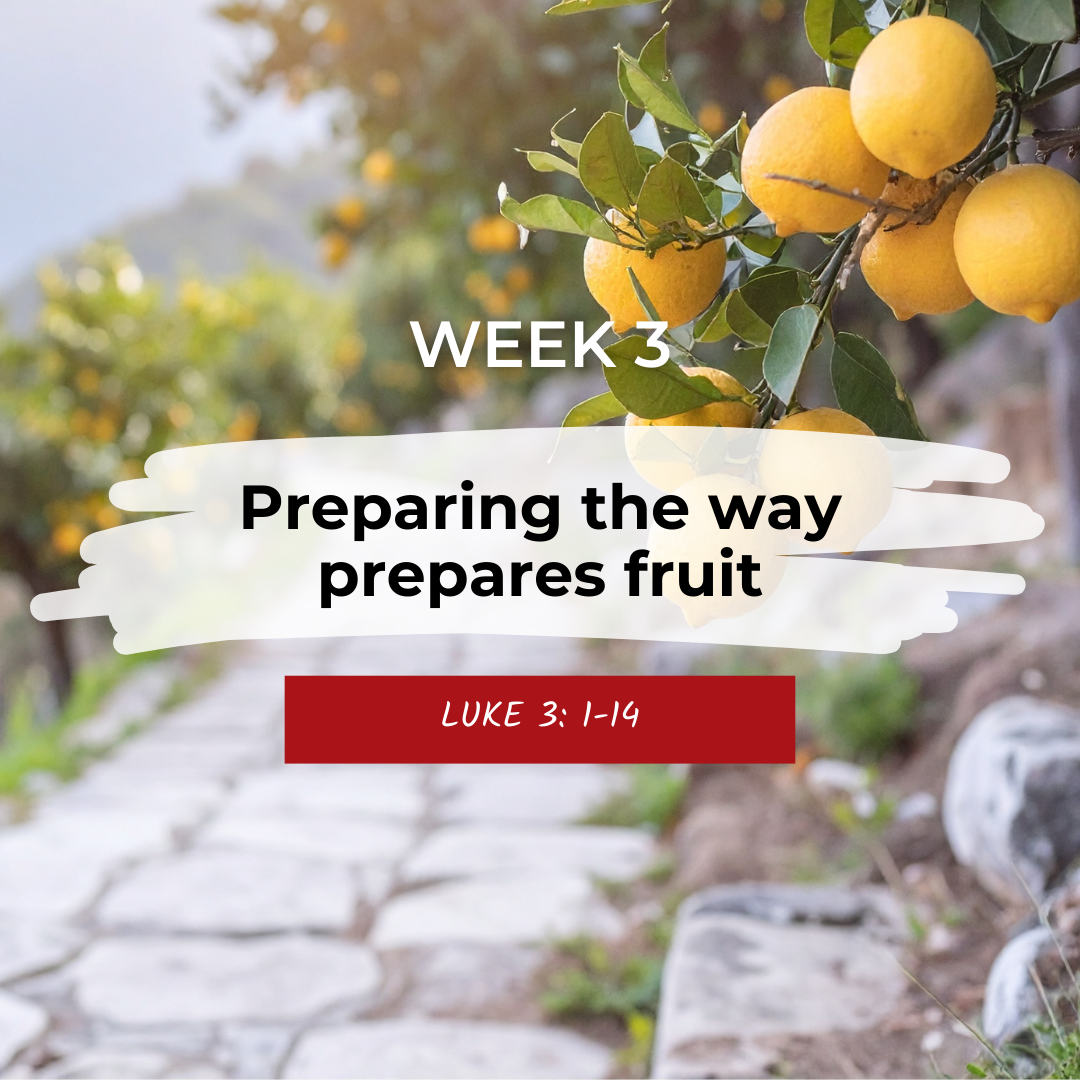Making Inclusion A Reality!
Stories | January 11, 2024
People with disabilities make up a significant proportion of the world’s most marginalised people. There are over one billion people living with disabilities in the world, and the prevalence is even higher in developing countries where one in five people have a disability. People, particularly women and girls, with disabilities in developing countries tend to be poorer and face higher levels of discrimination, exclusion and violence than the rest of the population. This not only makes people with disabilities more vulnerable to human rights violations, but it also weakens their communities and economies by excluding the contributions of people with disabilities.
The pathway out of these vulnerable circumstances are the human rights described by the United Nations Convention on the Rights of People with Disabilities (CRPD). The Sustainable Development Goals (SDGs) mark a new pathway for the global community in the wake of the expired Millennium Development Goals. The SDGs are distinct in their application to all people, everywhere. For people with disabilities, the overarching pledge to ‘leave no one behind’ is more than rhetorical: it is a commitment to redress the exclusion of the Millennium Development Goals in which people with disabilities were not mentioned. It is a means of ensuring that by 2030, people with disabilities will no longer experience barriers to improvements in education, employment, access to infrastructure, health, or gender equality
Inclusion is usually understood as an action of including, or a state of being included, in a group or structure. Participation in cultural life, recreation, leisure and sport is gradually being recognised as essential for inclusion. Inclusion is above all a practical requirement if the 2030 agenda is to succeed. In the CRPD, States parties explicitly recognise the importance of inclusion and accessibility for participation on an equal basis with others. Yet in many parts of the world, people with disabilities are still facing challenges with regard to fully and effectively participating in the wide array of cultural, recreational, leisure and sporting activities.
CBM organised and presented at the Conference of State Parties (CoSP) to the CRPD side event Making Inclusion A Reality! This event contributed to the dialogue on the need for disabled people’s organisations (DPOs) and people with disabilities to be at the forefront of the inclusion agenda supporting efforts of international development and humanitarian actors to be inclusive in order to do development better. Five panellists engaged in a discussion thread regarding people with disabilities and their representative organisations as agents of change and who have a pivotal role in ensuring inclusion internationally, regionally and nationally.
Watch the live stream of this side event.
The CRPD has had significant impact in driving forward a disability inclusive agenda with mainstream development and humanitarian actors to ensure that no one is left behind. Since the CRPDs adoption and the evolution of the 2030 Agenda, there has been a global imperative on inclusion. As such, an increasing number of requests for assistance on how to be inclusive have been received from governments, civil society actors including development and humanitarian organisations, and the private sector.
The case for inclusion is now understood and questions are being asked: how can we be more inclusive, what steps do we need to take, whom should we partner with and how can we get the technical support we need to ensure that we reach those who are usually left behind in development cooperation and humanitarian responses?
This side event focused on highlighting practical examples of how International Non-Government Organisations (INGOs), people with disabilities and their representative organisations, technical experts and donors have worked together to answer these questions and make inclusion a reality. The event highlighted good practices at the country level, as well as regional, and global perspectives.
At CBM, inclusion is at the core of our work. We are committed to ensuring that each day, in each project and within our organisation, inclusion of people with disabilities is central to how we operate:
CBM actively models inclusion in strategic ways to development actors by working with people with disabilities and DPOs. Working with DPOs enables us to ensure that our work is in line with the CRPD and the central principle of the disability rights movement ‘nothing about us without us’.
CBM proactively seeks to use our influence and opportunities to ‘open up’ spaces for dialogue between government, development actors and the disability movement and DPOs. Working in partnership with the disability movement and DPOs improves disability inclusive development sustainability. In the longer term, investing in the capacity of local actors leads to greater development effectiveness. We recognise that DPOs will continue to represent people with disabilities and continue to advocate on issues or work on implementation of activities long after our work with them has finished.
CBM endeavours to work with DPOs and people with disabilities in a manner that represents the diversity of experiences of people with disabilities within a relevant context, ensuring a diverse range of impairment types, gender representation, age, sexuality and ethnicity. The role and mandate of DPOs is to represent people with disabilities and to be consulted by Governments (and other relevant stakeholders) on matters concerning them, including in national and international development. DPOs can act as advisors on disability inclusion within their local context and use networks and partnerships to strengthen the capacity of emerging DPO leaders.
CBM utilises mutual strengths and synergies in working with DPOs to enhance coherence and effectiveness and promote mutual learning. CBM has historically worked in a development programming context, so providing CRPD informed inclusion advice within programming is our strength. Likewise, we recognise that DPOs often have strength and capacity in forming representative groups, understanding and articulating disability issues and the CRPD, understanding and navigating the local social/cultural and political context, conducting disability related advocacy, including policy advocacy, and in some instances, providing services and running programs with people with disabilities.
CBM seeks to work with DPOs in building an evidence-base for disability inclusive approaches and strengthening DPO capacity in research methodologies, and how to use research findings to influence policy and practice. In line with Article 31 of the CRPD and a target under Agenda 2030, there is a drive to improve the way disability data influences development efforts and helps to ensure that people with disability are not left behind.
Through these activities, CBM strives to ‘walk the talk’ of inclusion so that people with disabilities no longer face challenges with regard to fully and effectively participating in the wide array of cultural, recreational, educational and employment activities available to people without disabilities around the world.
Case Study
Inclusive System for Effective Eye Care – Bandung (I-SEE)
ABOUT THE PROJECT
The Inclusive System for Effective Eye care project was a five year project from 2014–2018. Its aim was to establish an effective model of disability inclusive community eye care in Bandung district in West Java, Indonesia.
CBM worked with partners Cicendo National Eye Hospital and Bandung District Health Office (DHO) on the project. Bilic, a local DPO, advised the DHO on disability inclusion, providing valuable advice on disability inclusion and sharing experiences with health services of people with disabilities in Bandung.
An inclusive community eye care system provides accessible prevention, early intervention and eye care treatment reducing the incidence and severity of vision impairment, ultimately reducing the social and economic impacts of preventable impairment or social stigma that contributes to poverty alleviation. The inclusive eye care model established through this project will be used by CBM Indonesia and the National Eye Hospital to promote and implement inclusive eye care in other districts across Indonesia.
The blindness rate in the Bandung district is 1.9%, which is significantly higher than the national blindness rate of 0.9%.
Through the joint advocacy efforts of CBM Indonesia, the National Eye Hospital, and the local DPO, the Bandung district government approved the implementation of a disability inclusive eye health program to reduce the prevalence rate of blindness in Bandung district. Under this mandate, the project originally worked to establish a cross-governmental eye health forum, led by the Bandung District Health Office. Rather than establishing a standalone eye health forum, the mid-term review in 2016 recommended a focus on integrating avoidable blindness into the existing district heath forum. The project adopted this recommendation, implementing a more sustainable approach that integrated more effectively within existing government health systems and action planning. An avoidable blindness action plan was developed with the Bandung District Health Office that aimed to reduce the number of cases of avoidable blindness in Bandung district. A key component of this plan was the provision of free cataract surgeries and eyeglasses to people who had no social insurance schemes and children with refractive errors.
The Inclusive System for Effective Eye Care project supported the implementation of the Bandung District’s avoidable blindness action plan by strengthening the existing technical expertise, infrastructure, equipment and project management capabilities. To build capacity and strengthen the existing system, the project trained staff at all levels of the community eye care system and improved their knowledge and skills in avoidable blindness prevention. Village health staff and school teachers were trained in the identification of cataract and refractive errors, and equipped to refer people to the district hospital for further assessment or treatment.
The project supported upgrades to improve the accessibility of facilities and better equipment, which delivered health and economic benefits. To achieve improvements to eye health services, the project promoted the accessibility changes made to the Cicendo National Eye Centre and Mahalaya hospitals in other districts. The changes were based on a 2015 disability accessibility audit by Bilic.
A key activity of the project was training and provision of technical skills to DPOs. This activity was designed to strengthen their leadership skills and improve the confidence of people with disabilities to work with district governments. Bandung Independent Living Centre provided disability awareness and inclusion training for health providers, village health staff, and school teachers. Topics included disability accessibility and the rights of people with disabilities in their respective work environments to increase awareness and improve service delivery for people with disabilities.
FROM THE MID TERM REVIEW AND EVALUATION:
As a result of this project: There is commitment to and enthusiasm for inclusion of people with disabilities in the eye health system, at national and district level. Hospitals that have participated are physically accessible and one hospital that is planning reconstruction is committed to universal design. A model has been provided for employment of people with disabilities in health facilities, through employment in the eye hospital.
On 13 June, CBM, in collaboration with Department of Foreign Affairs and Trade (DFAT), Australia hosted CoSP side event ‘Making Inclusion A Reality!’ This event was co-sponsored and supported by the International Disability Alliance, European Disability Forum, Pacific Disability Forum, Transforming Community International and World Blind Union.
Acknowledgements
CBM acknowledges and thanks contributions to this piece from:
https://www.cbm.org.au/stories/making-inclusion-a-reality
Related Stories

Advent 2025: Jesus’ way leads to fullness
The way of Jesus gives people freedom and empowers them to live out their God-given purpose. The last few weeks...

Advent 2025: Preparing the way produces fruit
John the Baptist called people to prepare for God’s presence through repentance and by producing fruit (acts of justice,...

From sports to advocacy – the journey of the Isiolo Umbrella Disability Group
The Promoting Inclusive Delivery of Eye Care (PRIDE) Project is a...
